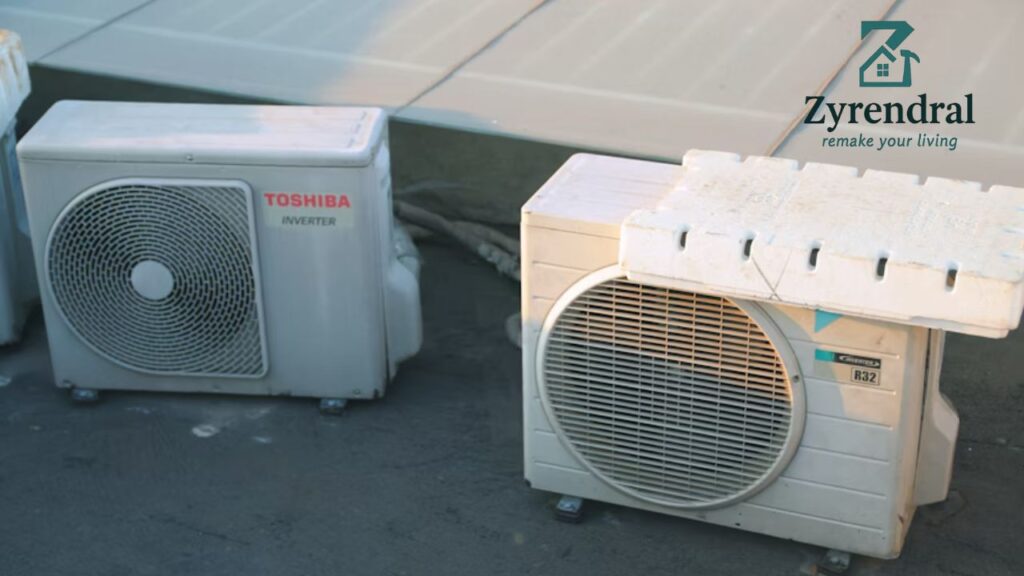Buying an older home can feel exciting. The details feel special. The character, the charm, the vintage designs that modern homes just don’t offer—they can pull you in fast. You walk in and instantly imagine your furniture in every room. But before you fall too hard for that 1940s bungalow or that ’60s brick ranch you found online last night, you really need to look under the surface.
It’s not just about the curb appeal. You’re buying everything inside too—like possibly outdated plumbing or a cracked foundation or electrical wiring which hasn’t been touched in 50 years. Your home might be carrying aging systems, safety concerns or structural issues beneath the surface.
This guide covers what you should check before making any decisions. It’s written to help you keep it simple while staying smart.
Table of Contents
ToggleHeating and Cooling Might Be Outdated

Older heating and cooling systems were built differently. You might see baseboard heaters or old furnaces which were designed before energy efficiency was even a thing.
Ask for the age of the HVAC unit and inquire if it’s been serviced and if any upgrades were made. If the system is over 15 years old, it’s likely near the end of its life.
Sometimes there won’t be a central HVAC system at all. Installing ductwork from scratch is expensive and it takes weeks. So don’t assume this will be an easy fix.
Turn to companies like Mahalo Heating and Air Conditioning that offer residential and commercial HVAC repair to help you understand what needs fixing and what’s still working just fine.
Check the Foundation
The foundation holds everything up. If it shifts or cracks over time, the rest of the home starts to suffer. Uneven flooring, doors which won’t shut properly or large cracks in the walls are not just cosmetic issues. They often trace back to foundation damage which might have been overlooked for years.
Walk around the house and pay attention to how the doors and windows move. Look at the basement or crawl space. If there are damp areas, soft concrete or anything that seems crumbly, those could be warning signs. Not every crack means disaster but some of them really do.
A professional inspector should always check the foundation because repairs can be expensive and they often take time.
Don’t Guess About the Roof
The roof may look fine from the street. But once you’re living there and water starts dripping through the ceiling during a storm—it won’t feel fine at all. Roof issues are very common in older homes which haven’t had updates in a while.
You should ask when the roof was last replaced. Take a close look at the shingles—are they curled, cracked or missing? Inside the home, any stains on the ceiling might mean water has already made its way in.
Similarly, sagging areas or drooping gutters may point to deeper problems. And if the seller hasn’t done a recent roof inspection, it’s definitely a smart thing to request one.
Plumbing Is a Big Deal
This is one of the hidden systems which can cause major problems. Older homes often have plumbing made of galvanized steel or cast iron. Those materials were fine back in the day but now they tend to rust, clog and eventually break.
Run all the faucets, flush the toilets and let the water run and see if the pressure drops suddenly. Rust-colored water is a sign which should never be ignored.
If the plumbing hasn’t been updated, you’ll need to factor in the cost to replace old pipes. That’s not cheap and it’s not quick either.
Old Electrical Systems Can’t Keep Up
Electrical systems in older homes are a different story. If you see a fuse box instead of a breaker, panel or knob-and-tube wiring, it’s probably time for a full system update. These systems weren’t made for modern living.
Think about everything we plug in today—TVs, computers, phone chargers, air fryers, lamps and sound systems. These old setups can’t support it and that’s why lights flicker and breakers trip constantly.
Outlets with only two holes instead of three are another clue. Get an electrician to check everything because rewiring a whole house is a serious job.
Look for Water Damage Everywhere
Water damage is a sneaky thing. It might show up as a small stain, a warped floorboard or a soft spot near the baseboard. But the actual problem might be way worse.
Check ceilings especially around windows or bathrooms. Moreover, walk the floor barefoot if you can. Any bounce or soft area might mean rot underneath.
Basements and attics are key. Smell for musty odors because moisture builds up easily in older homes and mold loves to grow there. A mold inspection might be necessary if you suspect something’s off.
Ask About Lead Paint and Asbestos
Homes built before 1978 often have lead paint. And asbestos was widely used in flooring, insulation and ceiling materials especially in homes built before 1980.
These materials can be dangerous especially if they get disturbed. Lead dust or asbestos fibers in the air can be harmful to breathe.
Ask if the seller ever tested for them. If not, a certified inspector should handle it. Don’t try to scrape paint or move old ceiling tiles on your own.
If those materials are present, they need to be removed or sealed by professionals. This can be costly but also ensures safety.
Unpermitted Work? Ask Questions
Older homes often come with additions or changes which were done by past owners who didn’t bother with permits. It happens more often than you’d think.
You should ask for records showing what work has been done. If there are no permits, it can create problems down the line especially when it’s time to sell the house.
Look for odd design choices or areas which don’t match the rest of the home. That might be a clue that something was added without proper oversight.
Energy Efficiency May Not Exist
Back in the day, energy efficiency wasn’t a major concern. So insulation might be missing, the windows may be single-pane and drafty or you might be heating and cooling the outside without realizing it.
Check the attic and see what kind of insulation is in place. Also look at the windows. If they rattle or let in air, they probably need to be replaced.
An energy audit can show where the home is wasting power. This helps you plan for updates before your first power bill surprises you.
Older homes can be amazing. They offer craftsmanship and character which is nearly impossible to find in newer construction. But they can also come with issues you’d never expect unless you know exactly where to look.
So bring in the professionals, ask all the right questions and don’t assume the seller did all the upgrades just because the paint looks fresh.
Buying an older home can still be a smart decision. Just make sure you’ve checked everything so you’re not hit with unexpected costs and stressful repairs after move-in day.
Be patient. Be curious. And go in with eyes wide open.
Admin Recommendations
Roofing Cop: The Essential Guide to Code of Practice for Roofing Excellence







